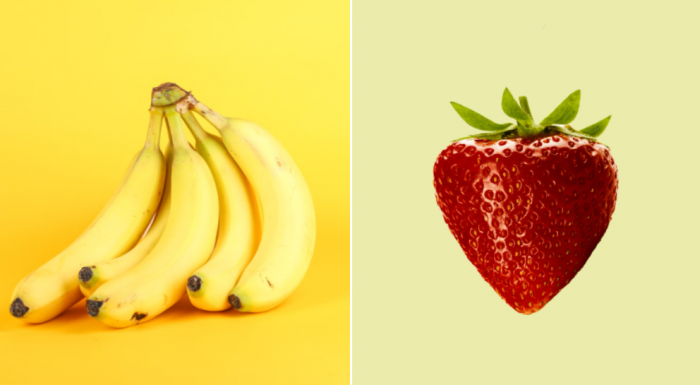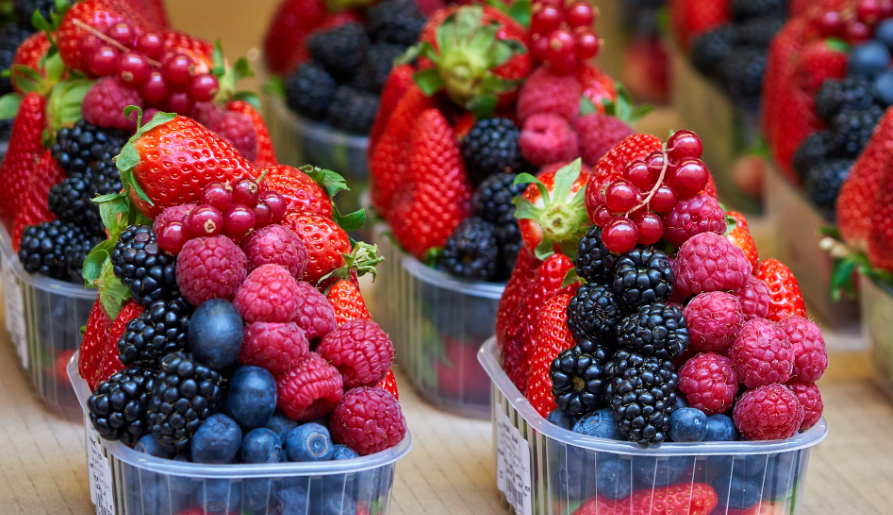Did You Know: Bananas Are Berries but Strawberries Aren’t!

© Giorgio Trovato & Allec Gomes / Unsplash
Have you ever stopped to think about the classification of fruits? We often assume that we know which fruits fall into the berry classification. When we think of berries, strawberries usually come to mind. After all, they are small, juicy, and sweet. However, despite their berry-like qualities, strawberries do not fall in the berry category. But did you know that bananas are actually considered berries? It may sound surprising, but it’s true!
Why Is Berry Classification So Troublesome?
Despite common belief, strawberries, raspberries, and blackberries aren’t true berries, while bananas, eggplants, grapes, and oranges are scientifically classified as berries. The confusion arises from the fact that people used the term “berries” long before scientists created a precise definition. The popular notion of berries as small, squishy fruits that can be easily picked doesn’t align with the complex scientific classification.

Botanically, a berry is defined by three clear fleshy layers: the outer skin (exocarp), fleshy middle (mesocarp), and innermost part holding the seeds (endocarp). For example, in grapes, the outer skin is the exocarp, the fleshy middle is the mesocarp and the jelly-like interior containing the seeds is the endocarp. Various berries, such as bananas and watermelons, exhibit the same three-layered structure with an outer peel or rind (tougher), keeping the exocarp (outer skin), mesocarp (fleshy middle), and endocarp (innermost part holding seeds).
Fun fact: The term “carp” in these layers comes from “carpel,” which is the pistil, the female organ of the flower.
What Else Does It Take to Enter the Berry Classification
For a fruit to be classified as a berry, it must possess two or more seeds. Cherries, with only one seed, are categorized as drupes. True berries, like blueberries, tomatoes, peppers, cranberries, eggplants, and kiwis, develop from flowers with a single ovary. Strawberries and raspberries, on the other hand, come from flowers with multiple ovaries.

Raspberries, with their subunits, are considered drupes, each containing a seed. The abundance of these drupes in fruits like raspberries and blackberries leads to their classification as aggregate fruits. Strawberries are also aggregate fruits. However, instead of multiple drupes, they have multiple achenes. Achenes are the small yellow ovals on the fruit’s surface, each housing a seed.
Oranges Are Part of It As Well!
Oranges belong to a subtype of berries known as hesperidium. Despite sharing common characteristics with berries, such as three fleshy layers, two or more seeds, and development from a flower with one ovary, oranges are distinguished by their segmented structure. This unique property, related to the number of carpels, sets citrus fruits apart from other berries and classifies them as hesperidia, as explained by Weber and Jernstedt.
What do you think? Do you agree with this berry classification or are you still convinced that bananas aren’t berries?
You might also want to read: Banana Shine: Shining Shoes With a Banana Peel


